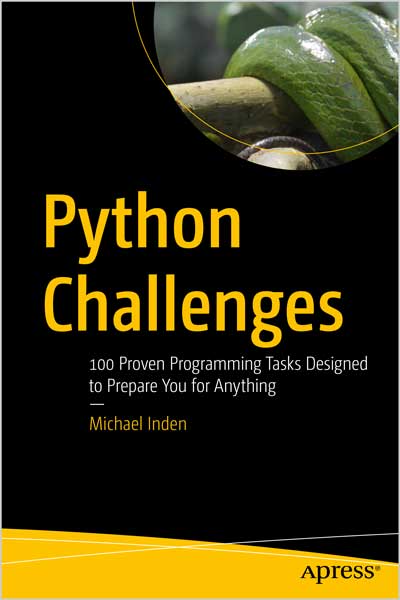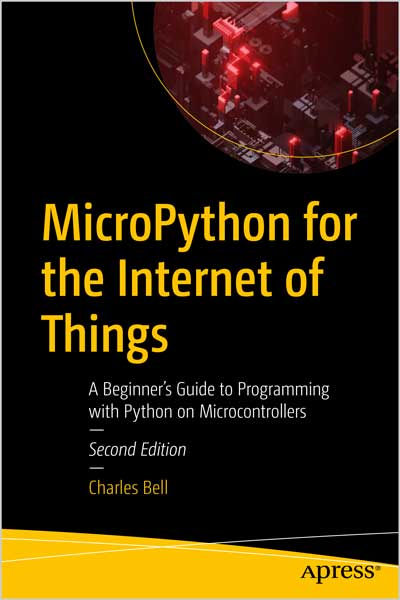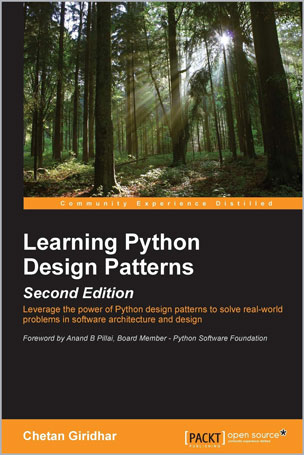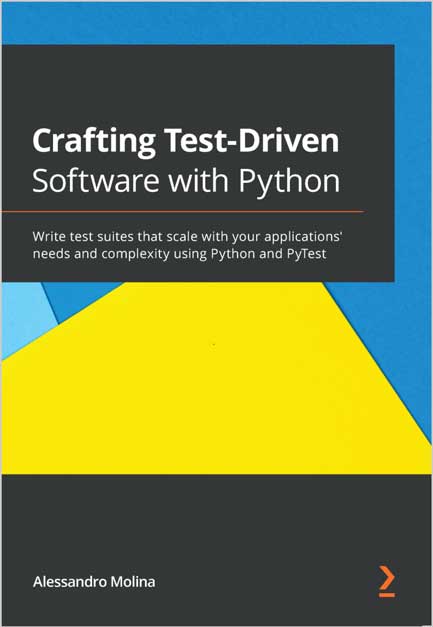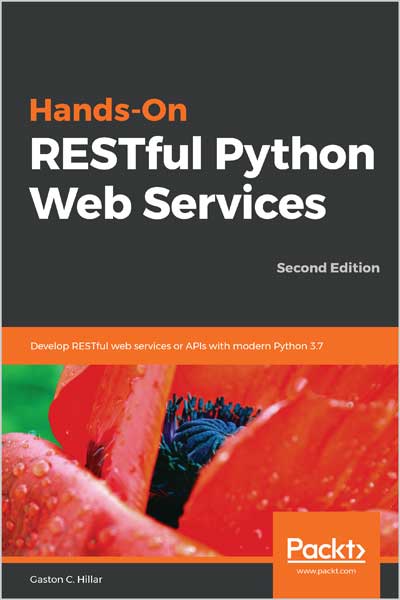Craft essential Python patterns by following core design principles
Kamon Ayeva, Sakis Kasampalis
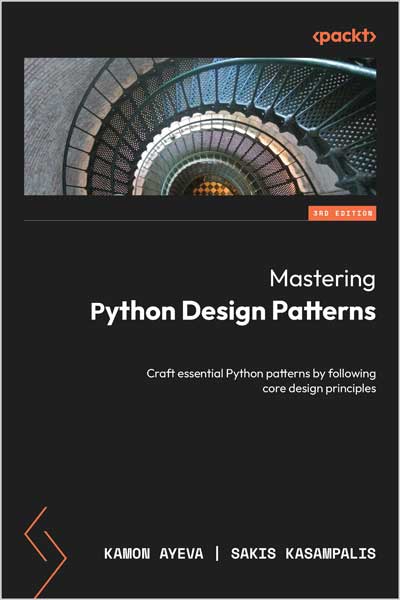
#Python
#Design_Patterns
#GoF
#SOLID
#APIs
#data_pipelines
#anti-patterns
#Distributed_Systems
Key benefits
- Master essential design principles to build robust software architecture with the latest features in Python 3.10
- Apply proven design patterns to solve complex problems efficiently
- Understand anti-patterns to avoid common pitfalls in Python programming
As software systems become increasingly complex, maintaining code quality, scalability, and efficiency can be a daunting challenge. Mastering Python Design Patterns is an essential resource that equips you with the tools you need to overcome these hurdles and create robust, scalable applications. The book delves into design principles and patterns in Python, covering both classic and modern patterns, and showing you how to apply them to solve daily challenges as a Python developer or architect. This new edition covers creational, structural, behavioral, and architectural patterns, including concurrency, asynchronous, and performance patterns. You'll explore how these patterns are relevant to various domains, such as event handling, concurrency, distributed systems, and testing. Whether you're working on user interfaces (UIs), web apps, APIs, data pipelines, or AI models, this book equips you with the knowledge to build robust and maintainable software. The book also presents Python anti-patterns, helping you avoid common pitfalls and ensuring your code remains clean and efficient. By the end of this book, you'll be able to confidently apply classic and modern Python design patterns to build robust, scalable applications.
What you will learn
Master fundamental design principles and SOLID concepts Become familiar with Gang of Four (GoF) patterns and apply them effectively in Python Explore architectural design patterns to architect robust systems Delve into concurrency and performance patterns for optimized code Discover distributed systems patterns for scalable applications Get up to speed with testing patterns to ensure code reliability and maintainability Develop modular, decoupled systems and manage dependencies efficiently
Table of Contents
Part 1: Start with Principles
Chapter 1: Foundational Design Principles
Chapter 2: SOLID Principles
Part 2: From the Gang of Four
Chapter 3: Creational Design Patterns
Chapter 4: Structural Design Patterns
Chapter 5: Behavioral Design Patterns
Part 3: Beyond the Gang of Four
Chapter 6: Architectural Design Patterns
Chapter 7: Concurrency and Asynchronous Patterns
Chapter 8: Performance Patterns
Chapter 9: Distributed Systems Patterns
Chapter 10: Patterns for Testing
Chapter 11: Python Anti-Patterns
About the Author
Kamon Ayeva is a seasoned Python expert with over two decades of experience in the technology sector. As the founder of Content Gardening Studio, a consulting and custom development services firm, he specializes in web development, data, and AI, delivering top-notch Python solutions to clients globally. A trusted educator, Kamon has trained numerous developers, solidifying his reputation as an authority in the Python community. He is also the co-author of the previous edition of Mastering Python Design Patterns. On social media, you can find him on Twitter, where he continues to share invaluable insights and trends in Python and software design.
Sakis Kasampalis is a software architect living in the Netherlands. He is not dogmatic about particular programming languages and tools; his principle is that the right tool should be used for the right job. One of his favorite tools is Python because he finds it very productive. Sakis was also the technical reviewer of Mastering Object-oriented Python and Learning Python Design Patterns, published by Packt Publishing.
